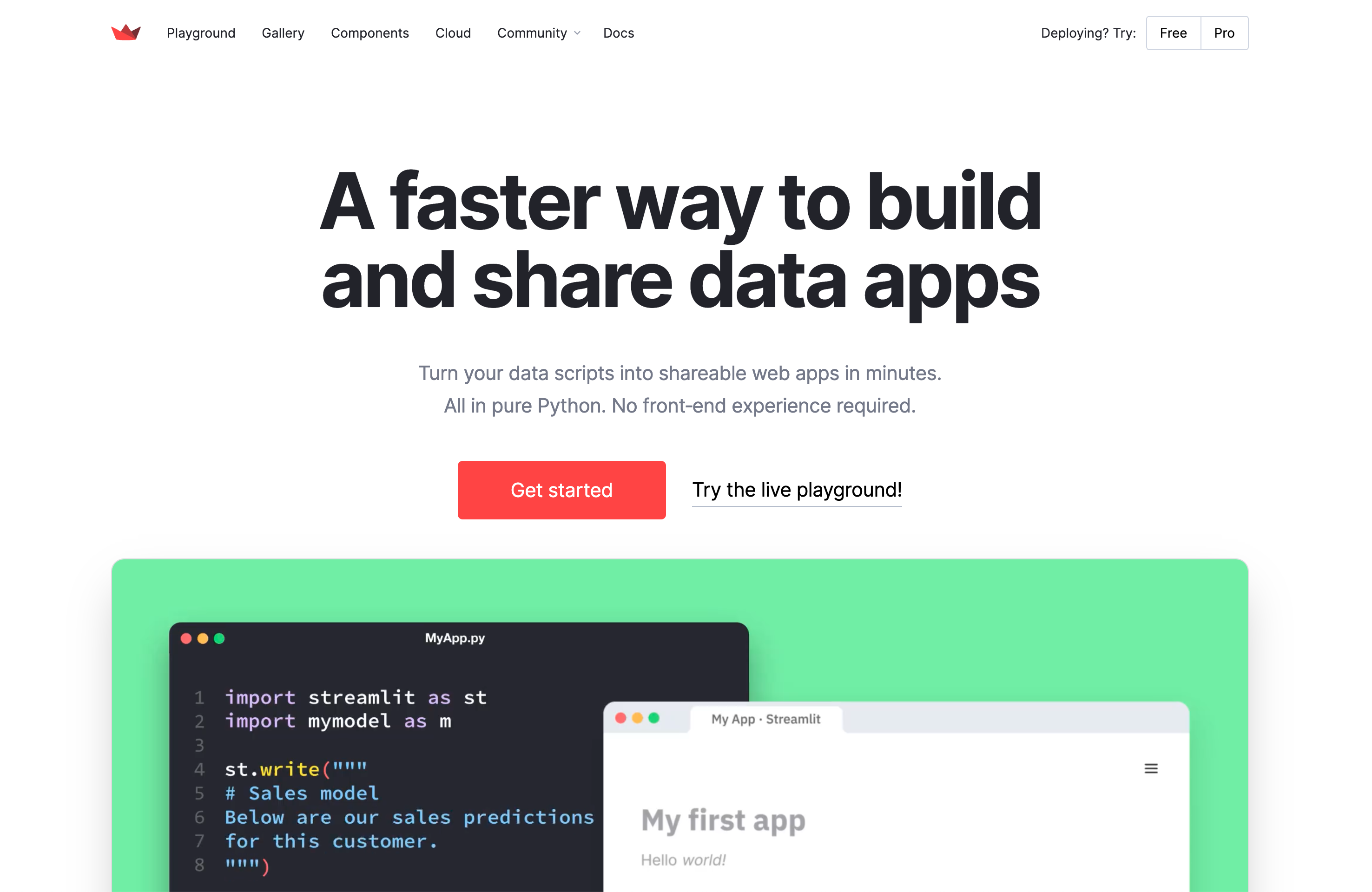使用Streamlit快速构建LLM应用,并基于Streamlit-Authenticator实现用户权限认证

使用Streamlit快速构建LLM应用,并基于Streamlit-Authenticator实现用户权限认证
蔡坨坨转载请注明出处❤️
作者:测试蔡坨坨
原文链接:caituotuo.top/3be51b30.html
🧠 使用 Streamlit 快速构建 LLM 应用
你好,我是测试蔡坨坨。
随着人工智能的飞速发展,传统前端框架的开发速度难以满足我们想要实现从 “idea” 到 “产品” 的高效试验和转化。而 Streamlit 作为 AI 应用开发中非常流行的 Python 框架,可以帮助我们快速构建 LLM 应用,实现更高效的原型开发和迭代。
Streamlit 提供了简洁的 API,使得开发者可以专注于核心逻辑,而无需处理繁琐的前端开发,能够在几分钟内将数据脚本转化为交互式 Web 应用。
并且 Streamlit 与 LangChain 框架集成,支持与 OpenAI、Hugging Face 等主流 LLM 无缝衔接。还提供了 st.chat_message 和 st.chat_input 等组件,方便开发者构建类似 ChatGPT 的交互式聊天界面。结合 st.session_state,可以实现对话历史的存储和上下文管理,提升用户体验。
在之前分享中,我们也使用过 Streamlit 来构建基于本地文档的AI知识库,可参考「搭建一个本地 AI 知识库需要用到哪些技术栈?」。
🔐 基于 Streamlit-Authenticator 实现用户权限认证
什么是 Streamlit-Authenticator?
在使用 Streamlit 开发应用时,如果你的 Streamlit App 中使用的数据比较敏感,那么,保护这个 App 及其背后的数据免受未授权访问变得至关重要。无论是出于商业机密的保护、用户隐私的维护,还是为了满足日益严格的合规要求,确保只有经过验证的用户才能访问特定的数据和功能,已成为大部分应用的基本需求。
登录认证,作为访问控制的基础,是保护 Streamlit App 安全的第一道防线。
所以,构建应用的第一步是实现用户权限控制。
那么如何优雅地实现 Streamlit App 的登录认证呢?
常见的认证方法有用户名+密码,邮箱/手机接收验证码,基于第三方的认证(OAuth/OpenID)等等。
自己手写认证逻辑不仅繁琐,还容易埋下安全隐患。
这个时候我们只需要借助 Streamlit-Authenticator ,几行代码就能轻松搞定一个专业、安全的用户认证系统:
- 内置密码哈希加密:自动加密密码,保护账号安全;
- 支持 JWT Cookie 持久化登录:设置有效期,免除频繁登录;
- 集成注册、登录、登出功能:无需自己手写复杂逻辑;
- 简洁好用,快速集成:轻松几分钟就能用起来!
如何使用?
1. 安装
GitHub地址:https://github.com/mkhorasani/Streamlit-Authenticator
1 | pip install streamlit-authenticator |
2. 创建配置文件
其中需要修改:
- cookie.key:自定义字符串
- cookie.name:自定义字符串
- api_key:https://stauthenticator.com 通过邮箱申请
1 | cookie: |
3. 导入配置并初始化
1 | import yaml |
4. 登录
1 | try: |


